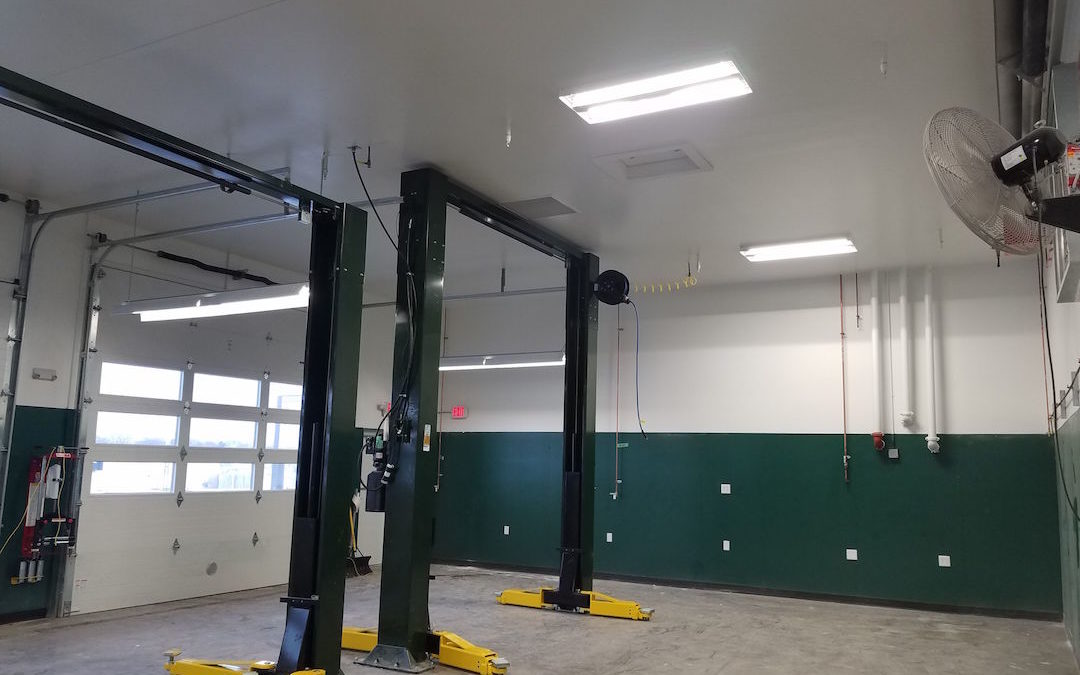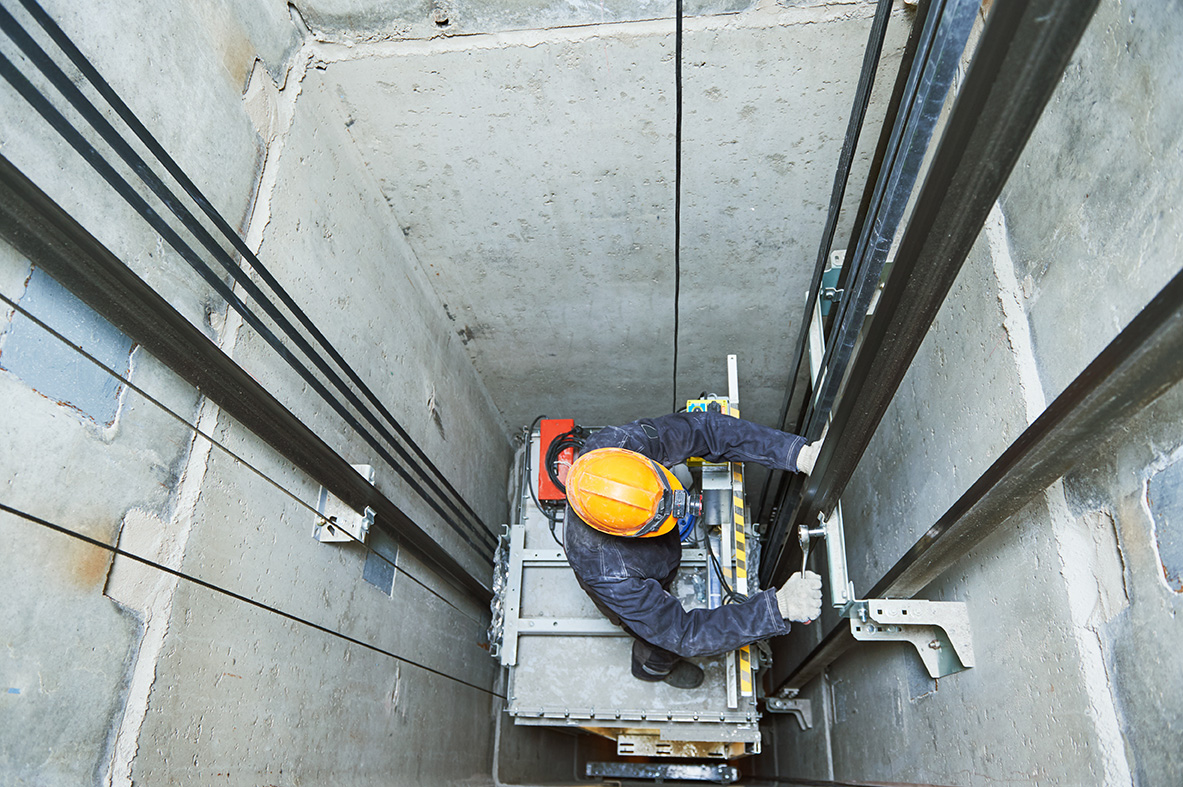How Lift Maintenance London Stands Apart Among Local Lift Repair Companies
How Lift Maintenance London Stands Apart Among Local Lift Repair Companies
Blog Article
Comprehensive Overview to Lift Solutions and Their Upkeep
Browsing the detailed globe of lift systems and their maintenance is a job that requires precision and knowledge. From the numerous kinds of elevator systems being used to the thorough adherence to safety and security guidelines, the upkeep of these upright transportation devices is a complex venture. As structures skyrocket higher and modern technology breakthroughs, the requirement for an extensive understanding of lift systems ends up being increasingly critical. Join us as we decipher the intricacies of elevator upkeep, checking out common issues, ideal practices, and cutting-edge innovations that form the modern landscape of upright transportation.
Kinds Of Elevator Equipments
Lift systems come in various kinds, each developed to match certain building demands and customer needs. The most typical kinds consist of hydraulic elevators, traction lifts, machine-room-less elevators, and vacuum elevators. Hydraulic elevators are perfect for low-rise structures and make use of a hydraulic piston to move the elevator auto. Traction lifts, on the other hand, are a lot more suited for high-rise structures and make use of steel ropes and weights to move the automobile. Machine-room-less lifts are a space-saving option as they do not need a different equipment area for the lift equipment. Vacuum elevators, a more modern advancement, use air stress differentials to relocate the auto within a clear tube.
Each kind of elevator system has its very own benefits and downsides, making it vital for building owners and designers to very carefully consider their certain requirements before selecting one of the most ideal choice. Elements such as constructing elevation, area accessibility, energy efficiency, and spending plan restrictions all play a considerable role in determining the very best lift system for a particular building.
Common Maintenance Issues
Routine maintenance of elevator systems is vital to make certain smooth procedure and lengthen their life-span. Regardless of normal maintenance, elevator systems can still come across typical maintenance issues that require to be promptly addressed to prevent disruptions in solution. Normal assessments and positive maintenance can help identify and resolve these typical maintenance problems prior to they intensify and affect the overall efficiency of the lift system.
Security Regulations and Compliance
Sticking to rigid security policies and ensuring conformity with market standards are paramount for keeping the operational integrity of lift systems. Elevators are subject to a thorough collection of security policies to safeguard guests, maintenance employees, and the basic public. Regulatory bodies such as the Occupational Safety And Security and Health Administration (OSHA) in the United States and the European Lift Organization (ELA) in Europe develop guidelines that cover numerous elements of elevator style, operation, maintenance, official statement and installment.
Conformity with these guidelines is not just a legal need but additionally a moral responsibility for structure proprietors and elevator upkeep companies. Failing to fulfill security criteria can result in penalties, lawful liabilities, and, most significantly, threaten the safety of people making use of the elevator. Routine inspections, upkeep checks, and adherence to safety procedures laid out in the policies are necessary to ensure the efficient and safe operation of lift systems. By focusing on safety policies and compliance, stakeholders can maintain the trust fund of the public and alleviate possible threats connected with elevator use.
Best Practices for Maintenance

One more important best technique is to without delay resolve any kind of uncommon noises or reported issues to avoid additional damage. Implementing a proactive strategy to upkeep can save money and time in the lengthy run by staying clear of expensive repair work or replacements. Structure proprietors ought to also take into consideration purchasing modernization upgrades to enhance the i loved this performance and security of their elevator systems. By adhering to these finest methods, lift systems can run efficiently and securely, offering reputable vertical transport for residents.

Advanced Technologies for Performance
Executing cutting-edge modern technologies in lift systems can substantially enhance functional effectiveness and passenger experience. These systems permit travelers to input their desired flooring before getting in the lift, which then routes them to the most effective car.
In addition, the combination of smart sensors and predictive upkeep capabilities has actually transformed lift upkeep. These sensing units can discover potential problems prior to they intensify, making it possible for positive upkeep treatments and lessening downtime. Additionally, the usage of regenerative drives and energy-efficient parts helps in reducing power consumption and operating expense in lift systems.
Additionally, the execution of cloud-based monitoring and remote diagnostics permits for real-time tracking of elevator performance and instant troubleshooting of any kind of malfunctions. This positive approach not only enhances system integrity however additionally enhances the general individual experience by ensuring smooth and continuous lift operations.
Conclusion
To conclude, recognizing the various kinds of elevator systems, typical upkeep concerns, security laws, ideal upkeep practices, and advanced innovations for efficiency is important for making sure the smooth procedure of elevators. By adhering to security laws and implementing best practices for upkeep, building owners can extend the life expectancy of their lift systems and make sure the safety and security of guests. It is necessary to remain upgraded on the latest advancements in elevator technology to improve efficiency and reliability.
The most usual kinds consist of hydraulic lifts, traction elevators, machine-room-less elevators, and vacuum lifts. Hydraulic lifts are excellent for low-rise structures and utilize a view publisher site hydraulic piston to move the elevator vehicle. Machine-room-less elevators are a space-saving alternative as they do not call for a different maker space for the elevator equipment. Normal assessments and positive maintenance can help recognize and settle these usual maintenance issues prior to they escalate and impact the total efficiency of the elevator system.

Report this page